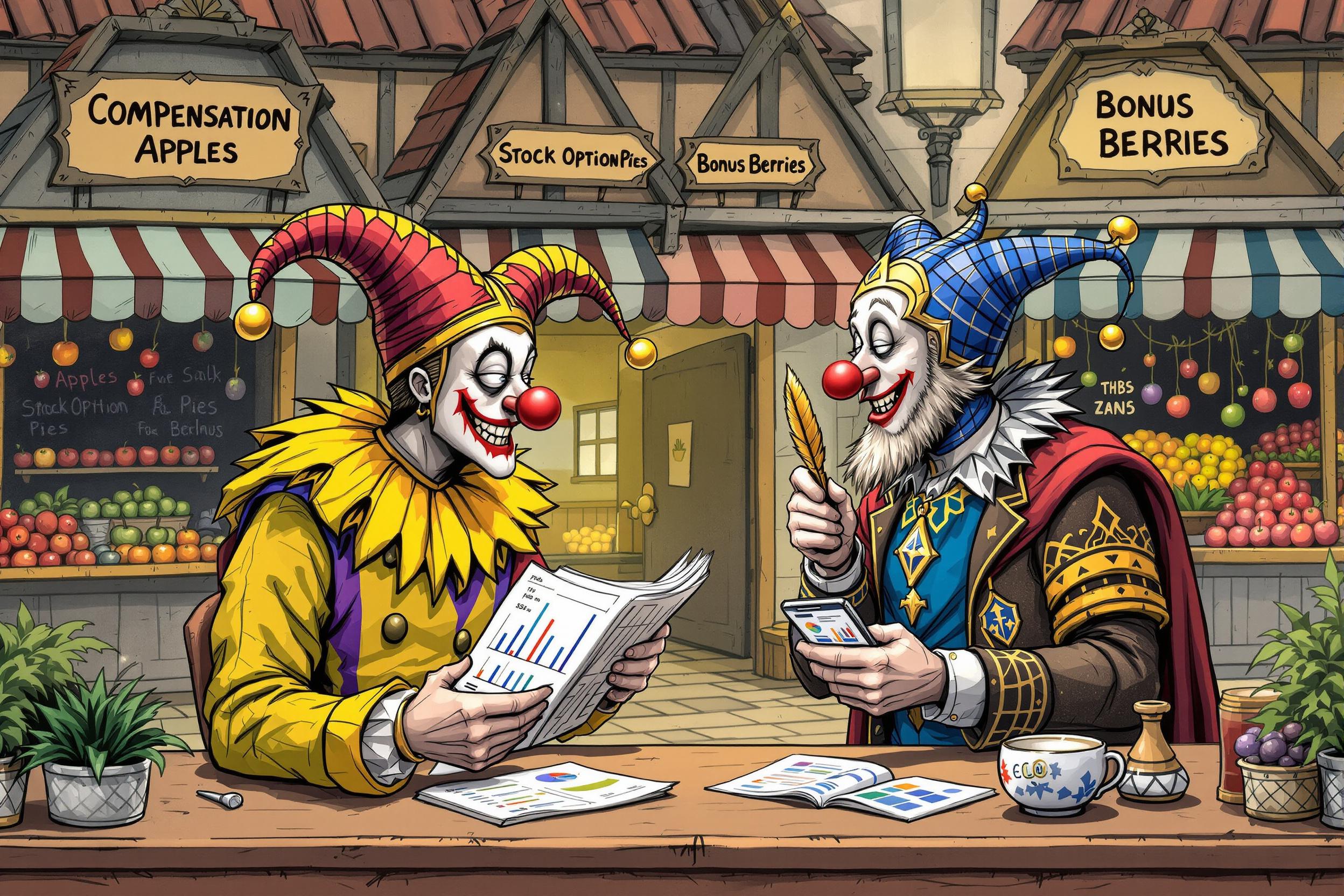
Half Bound
Half Bound refers to a specific style of book binding where the spine and corners of the book are covered in one material (usually leather), while the rest of the cover is bound in a different material (often cloth or paper). This is a middle-ground binding style between a full leather binding and a simple paper cover. It was historically used to create durable but more affordable books, and remains important in both antique book evaluation and modern bookbinding craftsmanship. When mentioned in resumes or job descriptions, it indicates experience with identifying, handling, or creating these specific types of book bindings.
Examples in Resumes
Assessed and cataloged over 200 Half Bound volumes in antiquarian collection
Specialized in restoration of 19th century Half Bound and Half Leather books
Created custom Half Bound repairs maintaining period-appropriate techniques
Typical job title: "Bookbinders"
Also try searching for:
Where to Find Bookbinders
Professional Organizations
Online Communities
Job Resources
Example Interview Questions
Senior Level Questions
Q: How do you determine the appropriate restoration approach for a damaged half bound volume?
Expected Answer: A senior specialist should discuss assessment of the book's historical value, checking original materials, considering period-appropriate restoration techniques, and balancing preservation with usability. They should mention documentation and reversibility of treatments.
Q: How would you price a half bound book for the market?
Expected Answer: Should explain factors like condition, rarity, historical significance, quality of binding, and market trends. Should mention using auction records and dealer catalogs for comparison.
Mid Level Questions
Q: What are the common problems you encounter with half bound books?
Expected Answer: Should discuss issues like leather deterioration at corners, spine damage, joint weakness, and paper covering wear. Should mention preventive measures and basic repair approaches.
Q: How do you identify different types of leather and materials used in half bindings?
Expected Answer: Should be able to explain differences between common leathers (calf, morocco, etc.), their characteristics, and how to identify them. Should mention common covering materials like marbled paper.
Junior Level Questions
Q: What is a half bound book and how is it different from other bindings?
Expected Answer: Should explain that half bound means leather on spine and corners with different material on boards. Should be able to distinguish it from quarter bound and full bound styles.
Q: What basic tools and materials are needed for handling half bound books?
Expected Answer: Should list essential tools like book cradles, gloves, cleaning supplies, and basic repair materials. Should emphasize careful handling practices.
Experience Level Indicators
Junior (0-2 years)
- Basic book handling and examination
- Understanding different binding styles
- Basic condition assessment
- Simple cleaning and maintenance
Mid (2-5 years)
- Detailed condition reporting
- Basic repairs and conservation
- Material identification
- Cataloging and documentation
Senior (5+ years)
- Complex restoration projects
- Historical binding recreation
- Training and supervision
- Collection development and valuation
Red Flags to Watch For
- No hands-on experience with historical books
- Lack of knowledge about conservation ethics
- Unfamiliarity with different binding styles
- No understanding of proper handling procedures
Related Terms
Need more hiring wisdom? Check these out...

The Hidden Art of Salary Negotiation: How to Win Hearts Without Going Broke

Cutting HR Costs Without Sacrificing Quality: A How-To for Savvy Executives

Ghosted Again? How to Stop Candidates from Disappearing and Start Engaging Them Better

